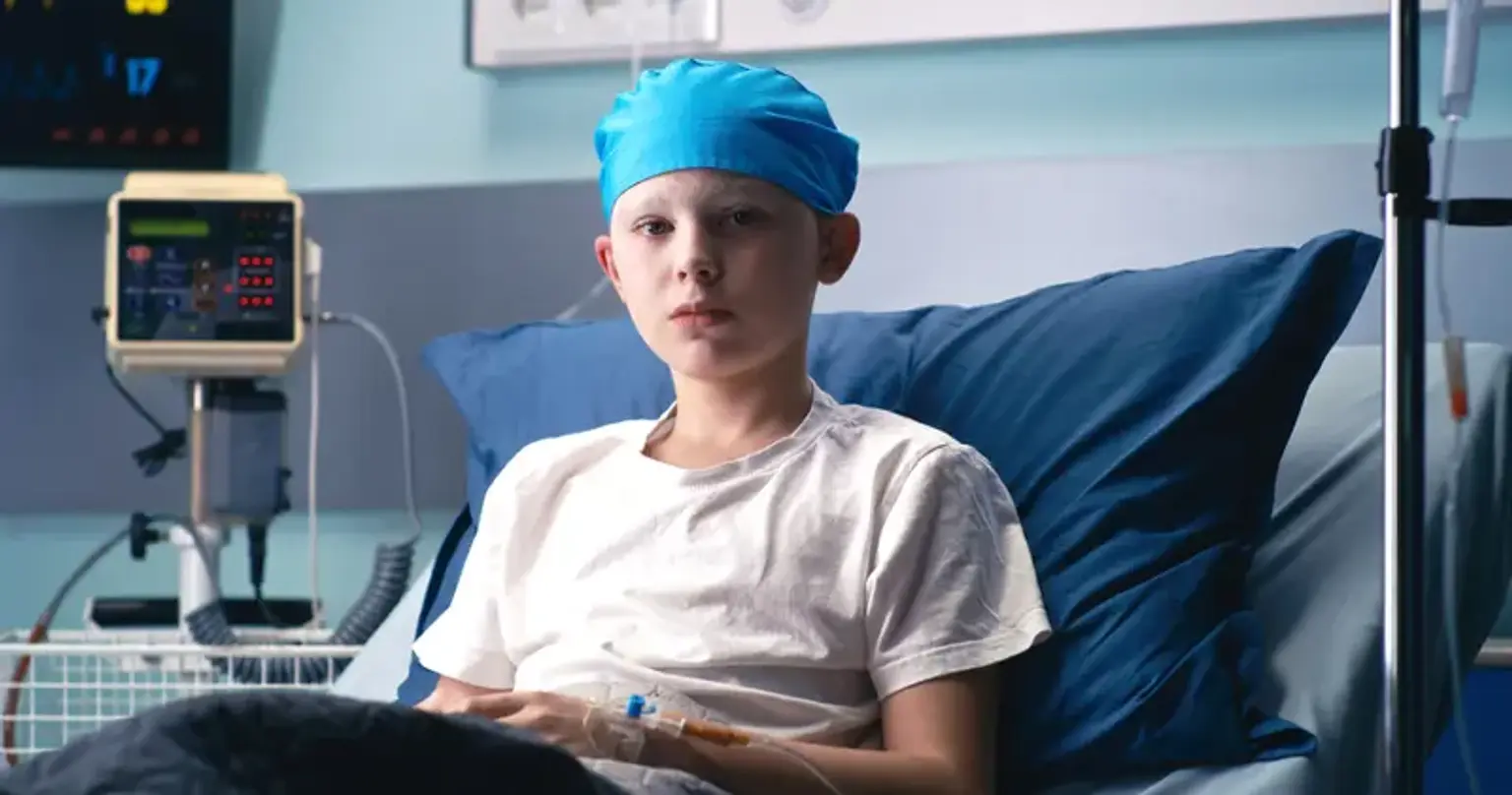Pediatric Tumor
Overview
Cancer is the most common cause of mortality among children and adolescents. Childhood cancer is uncommon in general. Many malignancies that develop in children also occur in adults. Leukemia is by far the most frequent, accounting for around 28% of all children's malignancies; brain tumors account for approximately 27%; lymphomas account for approximately 12%; and some bone cancers account for approximately 12%.
Childhood cancer treatment is determined by the kind of malignancy, stage, and/or risk categorization. Chemotherapy, surgery, radiation therapy, and stem cell transplantation are all common therapies. Immunotherapy is a newer kind of treatment that uses the patient's own immune system to target the tumor and may be beneficial in the treatment of some children malignancies.
